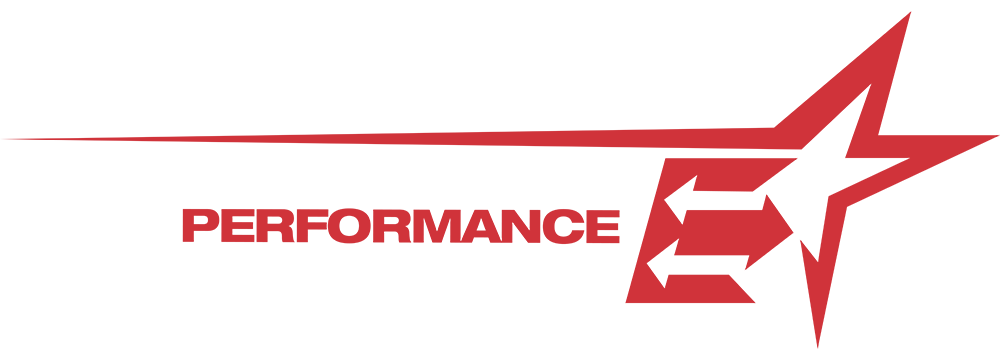Integrating Recovery Massage Therapy into Your Training Regimen
Benefits of Recovery Massage Therapy
Recovery massage therapy can help improve blood circulation, reduce muscle soreness, and enhance flexibility. This type of massage aids in the removal of waste products from muscles, helping them recover faster after intense exercise. Moreover, it can also help prevent injuries by identifying and addressing muscle imbalances or tightness.
Common Techniques Used in Recovery Massage Therapy
In recovery massage therapy, common techniques are used to help your body recuperate after intense workouts. These techniques include deep tissue massage to relieve muscle tension and improve blood flow. Myofascial release targets the fascia, the connective tissue surrounding muscles, to ease tightness. Swedish massage uses long, flowing strokes to relax the body and increase circulation. Sports massage focuses on specific muscle groups to reduce soreness and enhance flexibility. By incorporating these techniques into your training regimen, you can aid in muscle recovery and overall performance improvement.
How Recovery Massage Therapy Helps in Training
Recovery massage therapy helps in training by reducing muscle soreness and improving flexibility. It also enhances blood circulation, which aids in faster muscle recovery. Moreover, it can help in preventing injuries by identifying and addressing muscle tightness and imbalances before they become problematic.
Integrating Recovery Massage Therapy into Your Training Schedule
Recovery massage therapy can be a beneficial addition to your training schedule. It can help reduce muscle soreness, improve circulation, and enhance flexibility. Integrating regular massage sessions into your routine can contribute to better recovery between workouts, allowing you to train more effectively over time. Communicate with your massage therapist about your training regimen and specific areas of muscle tightness or discomfort to get the most out of each session.
Choosing the Right Massage Therapist
To choose the right massage therapist for your recovery needs, look for someone who specializes in sports or recovery massage therapy. Check their qualifications and experience, ensuring they understand your specific needs as an athlete. Consider scheduling a consultation to discuss your training regimen and any areas of concern. Ask about their techniques and how they can help you recover faster and prevent injuries. Don't hesitate to ask for references from other athletes they have worked with to ensure you find the best fit for your recovery goals.
Understanding the Importance of Rest and Recovery
Rest and recovery are crucial for your body's overall health and performance. Here are some key points to help you understand their importance:
Rest: Allowing your body to rest is essential for muscle repair and growth.
Recovery: Engaging in recovery activities like massage therapy helps prevent injury and improve flexibility.
Performance: Adequate rest and recovery optimize your training regimen results.
Remember, prioritizing rest and recovery will enhance your overall well-being and athletic performance.
Precautions and Considerations for Recovery Massage Therapy
Before incorporating recovery massage therapy into your training routine, it's essential to consider a few precautions. First, ensure that you have no existing health conditions that could be aggravated by the massage. Secondly, communicate any specific areas of concern or discomfort to your therapist to avoid exacerbating any injuries. Remember, recovery massage is meant to enhance your training, not replace proper medical care. It's crucial to listen to your body and seek professional advice if you experience persistent pain or discomfort.
Setting Realistic Expectations for Recovery
Recovery massage therapy can help your muscles relax and improve blood circulation, but it's essential to have realistic expectations. Massage therapy can aid in reducing muscle soreness, enhancing flexibility, and promoting overall recovery. However, it's not a magical solution that will instantly fix all your training-related issues. It's important to understand that while massage therapy can complement your training regimen, it may not completely eliminate all aches and pains. Consistency in incorporating recovery massage into your routine and listening to your body are key to seeing the best results.
Tips for Maximizing the Benefits of Recovery Massage Therapy
To get the most out of recovery massage therapy, make sure to communicate openly with your massage therapist about your training regimen and any specific areas of soreness or tension. Stay hydrated before and after your massage to help flush out toxins released during the massage. Incorporate stretching into your routine to maintain the benefits of the massage and prevent muscle tightness. Rest and relax after your massage to allow your body to fully absorb the benefits of the therapy.
Conclusion: Enhancing Performance with Recovery Massage Therapy
To sum it up, integrating recovery massage therapy into your training regimen can significantly enhance your performance. Recovery massage therapy helps reduce muscle soreness, improve circulation, and speed up the recovery process after intense training sessions. By incorporating regular recovery massages into your routine, you can boost your overall athletic performance and prevent injuries. Remember, taking care of your body is just as important as training hard.

